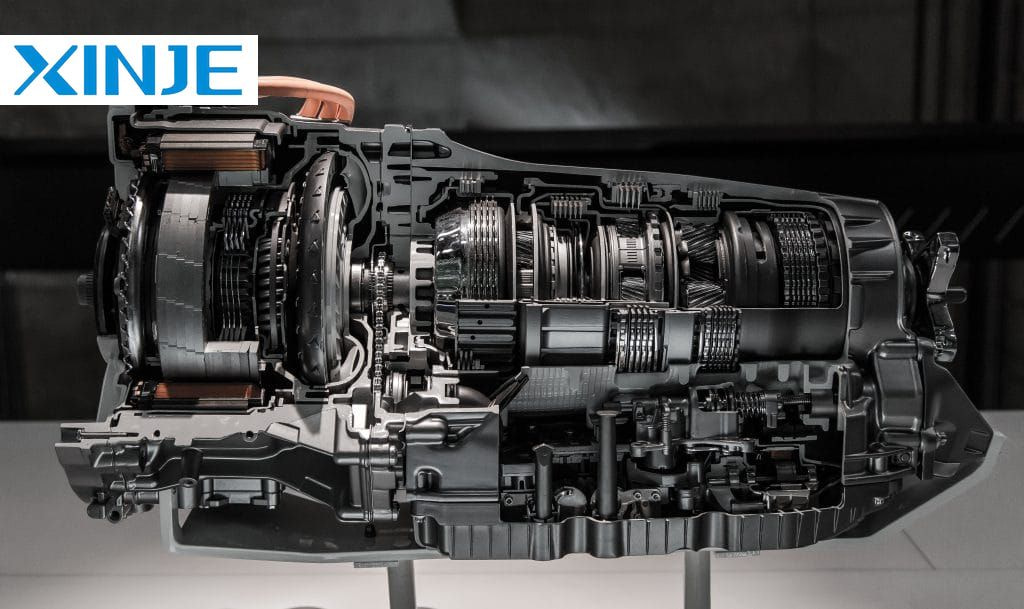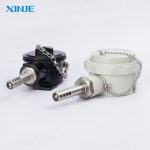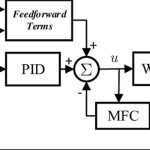Automatic transmissions are a type of transmission commonly used in cars that automatically shift gears, eliminating the need for the driver to manually shift gears. Unlike manual transmissions, which require the driver to squeeze the clutch and shift gears manually, automatic transmissions use a combination of hydraulic pressure, planetary gears, and electronic controls to smoothly regulate the speed and power distribution of the vehicle.
Automatic transmissions have become increasingly popular due to their convenience and ease of use, especially in urban traffic conditions. But how exactly do they work and what makes them different from other types of transmissions? Let’s explore further.
What is the purpose of an automatic transmission?
The primary function of an automatic transmission is to optimize engine performance by automatically adjusting the gear ratio based on the vehicle’s speed and driving conditions. This process ensures a balance between power and fuel efficiency, allowing smooth acceleration and deceleration without manual intervention.
Some of the key roles of an automatic transmission include:
- Improving driving comfort by eliminating the need for frequent gear changes.
- Improving fuel efficiency by selecting the optimal gear ratio.
- Prolonging engine life by reducing excessive stress on components.
- Ensuring a seamless driving experience in stop-and-go traffic.
What are the main components of an automatic transmission?
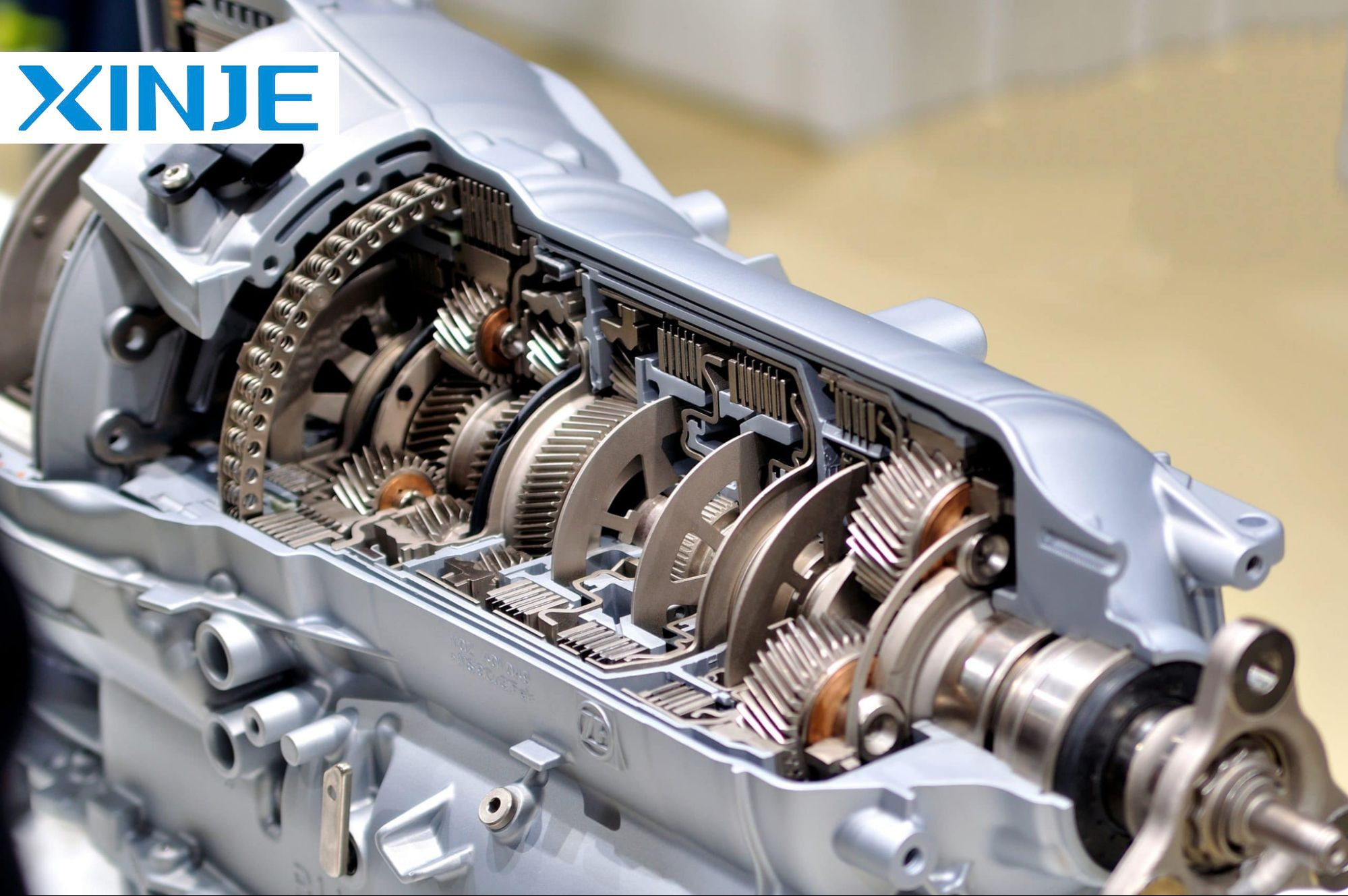

The structure of an automatic transmission is quite complex and consists of many components. But in general, the structure of this device will include some main components such as a torque converter, planetary gear set, hydraulic system, valve body, and communication control unit.
- The torque converter is the part that replaces the clutch in a manual transmission and allows the engine to continue running even when the vehicle stops.
- The planetary gear set has the function of providing different gear ratios by using a system of interconnected gears.
- The hydraulic system uses transmission fluid to assist in controlling gear shifting and keeping components lubricated.
- The valve body is designed to help direct the transmission fluid to different channels, controlling the shifting between gears.
- The transmission control unit (TCU) is a computer that supports the monitoring of speed, throttle position, and other factors to determine the optimal gear shift timing.
Each component in this automatic transmission plays an important role in ensuring the smooth and efficient operation of your vehicle’s automatic transmission.
How does an automatic transmission work?
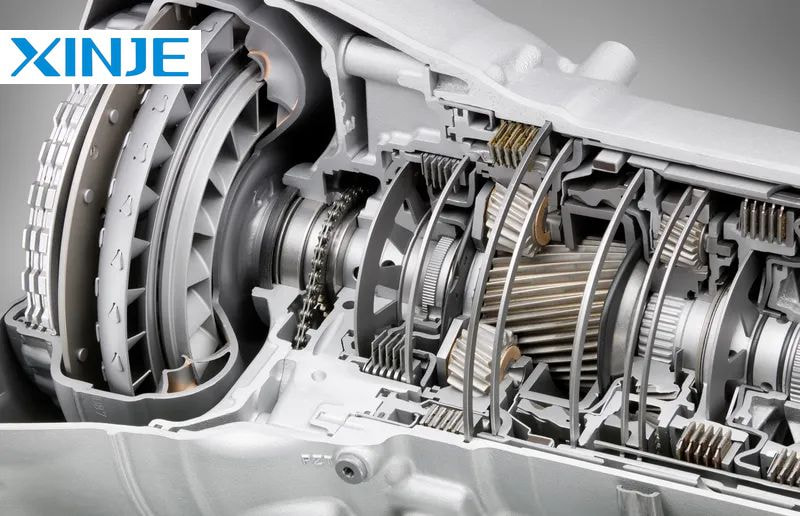

The operation of an automatic transmission is usually through a series of complex mechanical, hydraulic, and electronic processes. The operation of an automatic transmission can take place through the following steps:
- When the driver presses the accelerator pedal, the torque converter transfers power from the engine to the transmission.
- The transmission control unit (TCU) determines the appropriate gear ratio based on vehicle speed, throttle pressure, and other driving conditions.
- The hydraulic system activates the correct gear by directing transmission fluid to specific channels inside the valve body.
- The planetary gearset adjusts the gear ratio to optimize performance, ensuring smooth acceleration and power delivery.
- As the vehicle accelerates, the transmission automatically shifts to a higher gear to maximize efficiency and performance.
How are CVT and automatic transmissions different?
While both a continuously variable transmission (CVT) and a conventional automatic transmission serve the same purpose of automatically changing gear ratios, their operation is significantly different.
| CVT (Continuously Variable Transmission) | Automatic Transmissions |
| Infinitely variable gear ratios for optimal performance. | Uses a planetary gear set and a hydraulic system to shift gears. |
| Better fuel efficiency than a conventional automatic transmission. | Provides a more familiar driving feel with discrete gear shifts. |
| Smoother acceleration without noticeable gear changes. | Often more durable and better suited to high-performance vehicles. |
| Relies on a system of belts and pulleys to provide a seamless range of gear ratios | Uses a fixed set of gears (usually 4 to 10) to shift gears automatically |
What are the advantages and disadvantages of automatic transmission?
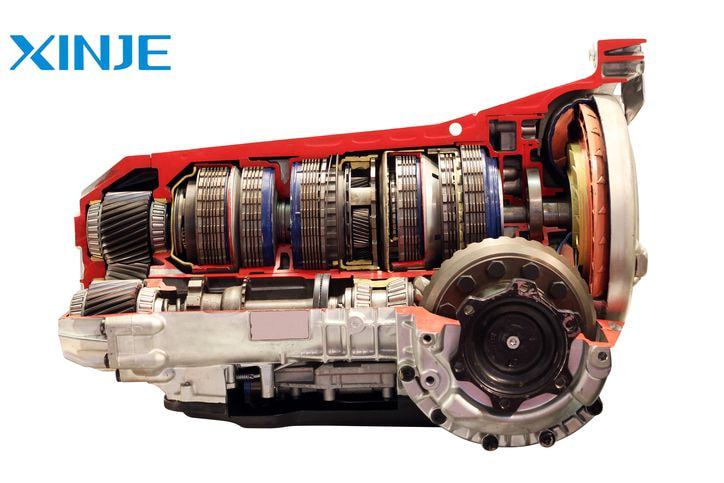

Advantages
- Up to now, automatic transmission is currently the option that many people choose for their means of transportation, thanks to some outstanding advantages as follows:
- Easy to use, this is the biggest advantage because with this option the driver will not need to shift gears manually, making driving more convenient than ever.
- Smooth driving experience, besides being easy to use, they also help bring a more comfortable driving feeling, especially in stop-and-go traffic conditions for users.
- Better for driving in the city, this is the ideal option for urban environments, where stopping and starting is frequent.
- Improved resale value, now many buyers prefer automatic cars, increasing market demand without reducing the value of the product when reselling
Disadvantages
Along with the benefits, there are often disadvantages that users need to pay attention to such as:
- Higher cost because automatic transmissions are much more expensive to buy and repair than manual transmissions.
- Lower fuel efficiency, compared to manual transmissions, although modern advances have improved performance, some automatic transmissions still consume more fuel.
- Complex maintenance, with more components, means higher maintenance and repair costs.
Conclusion
Automatic transmissions have revolutionized the driving experience by providing convenience, comfort, and efficiency. By eliminating the need to manually shift gears, they make driving easier and more accessible for a wide range of drivers. However, they come with trade-offs, including higher costs and more complex maintenance.
Additionally, with advances in transmission technology, including the advent of CVTs and dual-clutch systems, automatic transmissions continue to evolve to provide better performance and fuel efficiency.
Ultimately, whether you prefer a traditional automatic or a CVT, understanding how they work can help you make an informed decision when choosing a vehicle for your family.

